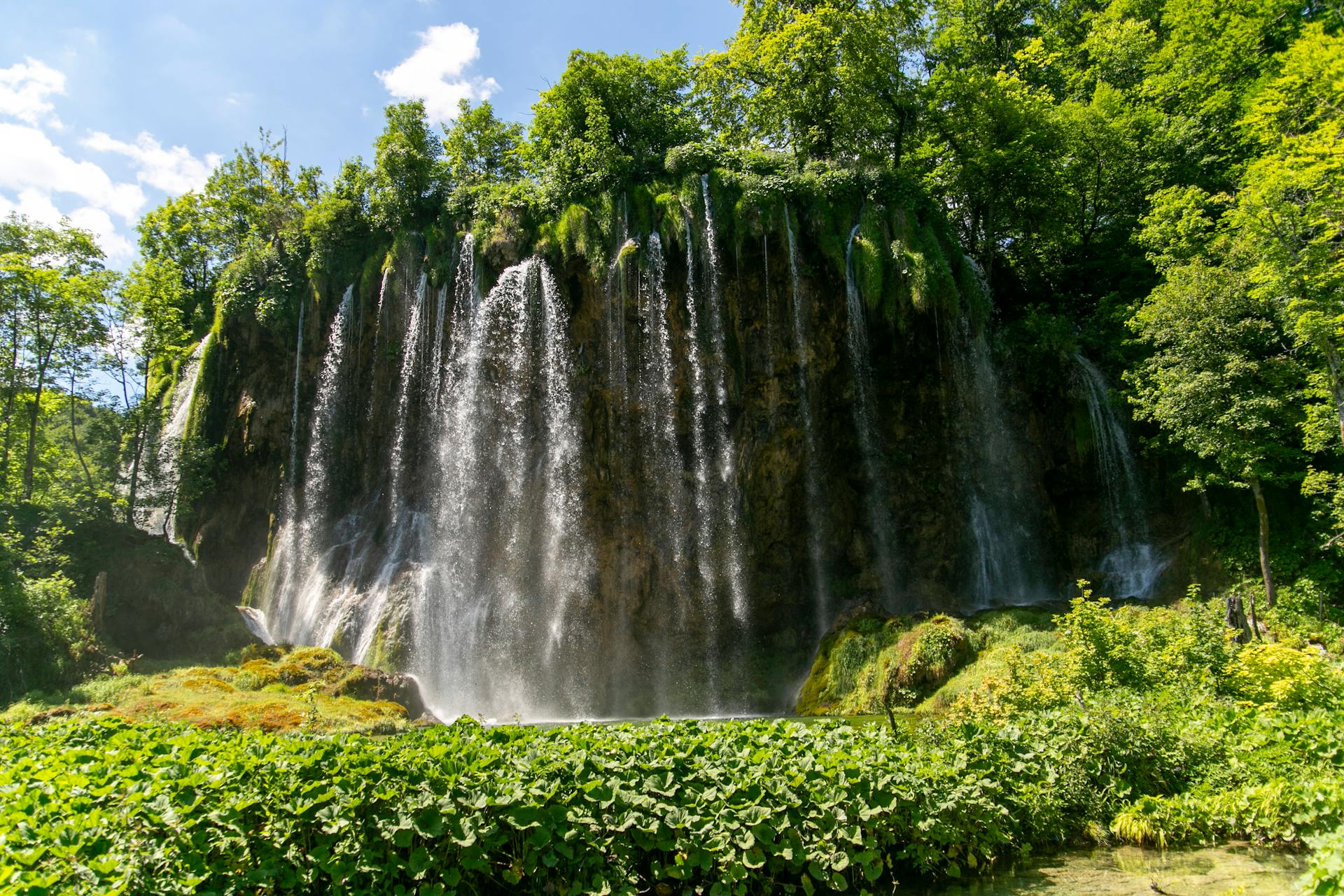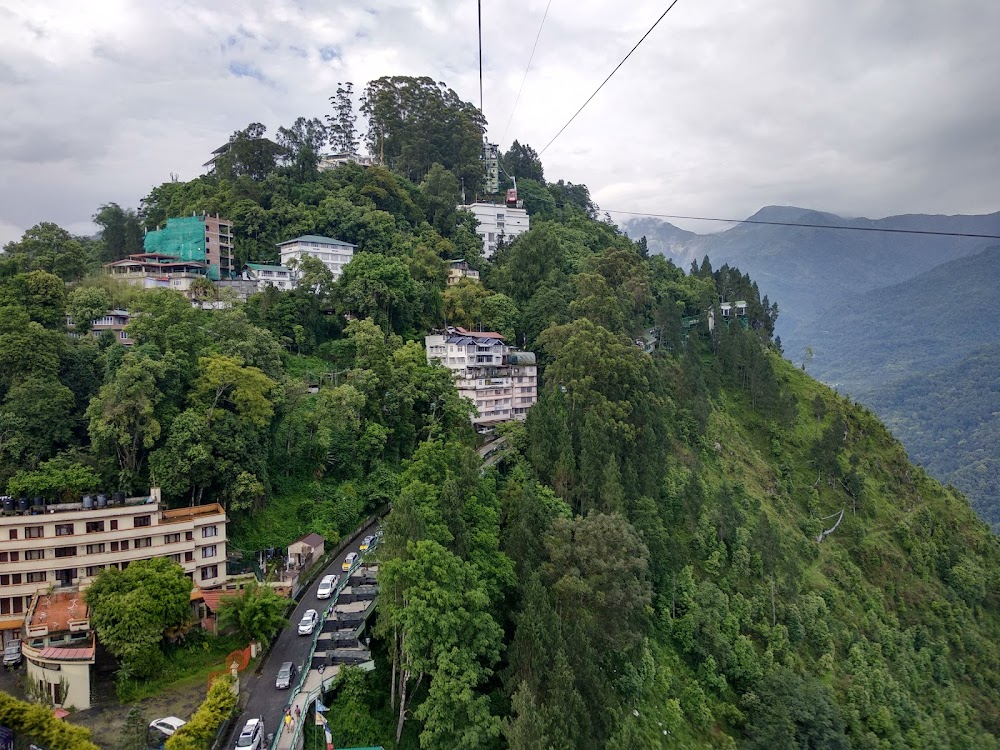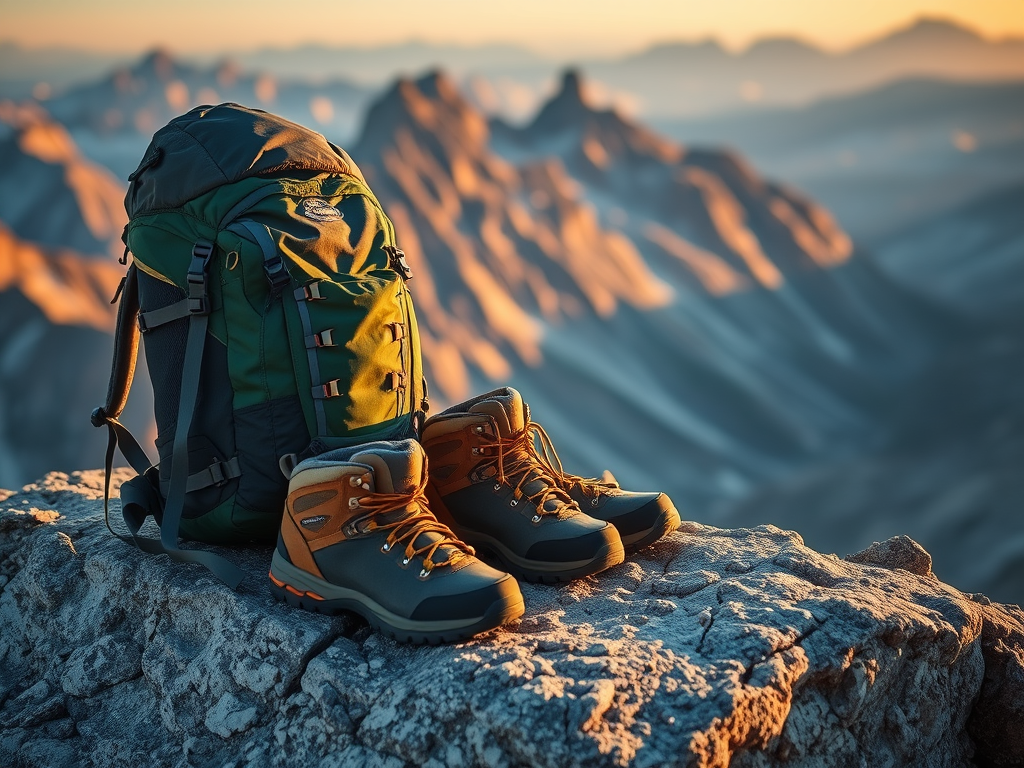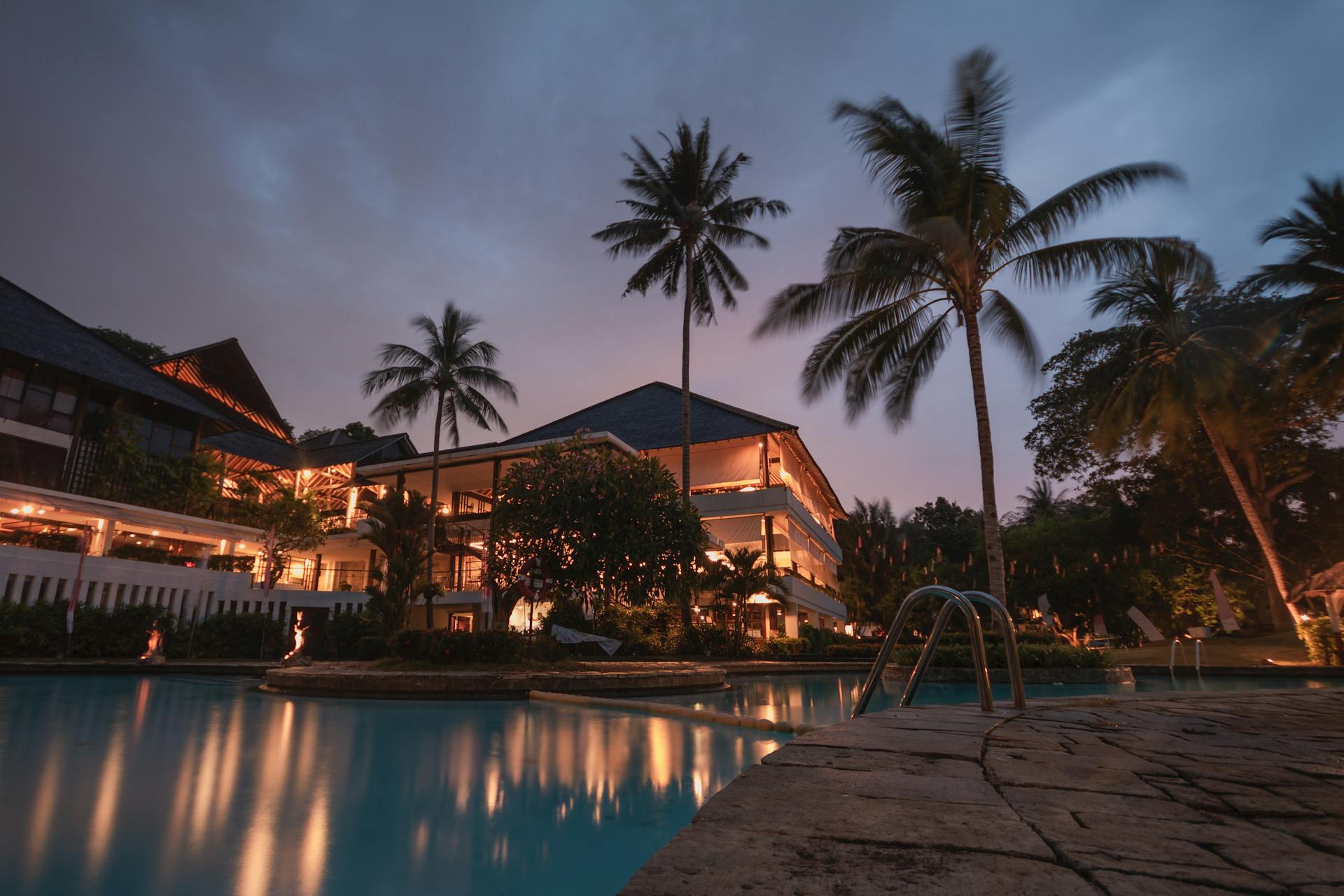Winter backpacking is probably one of the most thrilling experiences when exploring the outdoors. The cold season may pose its own challenges, but the reward is all that it takes in seeing snow-covered landscapes, silent forests, and icy mountain peaks. For this, one will have to prepare meticulously for backpacking in winter, and then there are some gear-specific requirements and a kind of mindset that makes this journey safe.
The guide shows you everything that you need to know about winter backpacking, ranging from the right destination to pack the right gear, staying warm and getting the most out of your winter adventure.
1. Preparing for Winter Backpacking: Know What to Expect
Winter backpacking differs from regular hiking or summer backpacking trips in several aspects. The harsh weather, shorter days, and colder temperatures will make it more challenging, but definitely more rewarding. Here is what you should keep in mind before you go:
Weather Conditions
Winter weather is unpredictable, and conditions can change quickly. Temperatures in the mountains can plummet far below freezing, and snowstorms may suddenly roll in. The key to winter backpacking is flexibility. Always check the weather forecast beforehand and be prepared to turn back if conditions become too dangerous.
Read also – Essential Hiking Gear: Your Checklist for a Day Hike
Days Are Shorter
This means you’re going to have shorter daylight hours when you backpack in the winter. If you are backpacking during the winter months, then daylight can last for 8-10 hours or even less. This means you will be forced to wake up earlier and plan your day for hiking so that you’re back at camp before the sun sets.
Physical Preparation
Winter backpacking is physically demanding. The cold can make your body burn extra calories to stay warm, and snow can make hiking more strenuous. You’ll be carrying extra weight due to the cold-weather gear, so it’s important to be in good physical shape before embarking on your trip.
2. Choosing the Right Winter Backpacking Destination
A successful winter backpacking trip starts with choosing the right location. Here are some things to look for when choosing your destination:
Terrain and Trails
Winter trails can be quite treacherous with ice and deep snow on them. Instead, seek those well-maintained and widely used in the winter months. National parks, mountain ranges, and backcountry with defined winter routes are good. For a first-time winter backpacker, choose a relatively less demanding route near your home.
Accessibility and Safety
Ensure the trailhead can be accessed during winter. Some trails may be impassable due to snow, while some will require snowshoes or skis. Always ensure that your destination has good access points and that there are adequate designated camping areas, especially in remote locations.
Avalanche Risk
Be prepared to research avalanche risks if you hike in mountainous regions or areas with avalanches. Check avalanche forecasts and learn about avalanche safety before heading out the door. Many mountainous areas have guided winter tours that are a good way to go if you’re new to avalanche terrain.
3. Winter Backpacking Gear: What to Pack
Winter backpacking is more than just warmer clothing. One must gear up to make sure it has all the necessary backpacking gear for cold weather protection and comfort. Here’s a review of the gear you’ll need:
- Backpack
Start with a high-quality, winter-specific backpack. For multi-day trips, a backpack with a capacity of around 50-70 liters should be sufficient. It should be large enough to hold all your gear but not so big that it becomes a burden to carry. The pack should have a waterproof or water-resistant cover to keep your gear dry.
2. Clothing: Layering Is Key
Winter backpacking requires appropriate layering to keep the body at a desirable temperature. There are three layers:
Key layers are:
Base Layer: This is the layer closest to your skin. Opt for moisture-wicking materials such as merino wool or synthetic fabrics to avoid the sweat reaching your skin. Steer clear of cotton because it absorbs moisture, rendering you cold.
Mid Layer: This serves as insulation. Fleece, down, or synthetic jackets make great mid layers.
- Outer Layer: Your outer layer should protect you from wind, rain, or snow. Find a waterproof, windproof, and breathable jacket and pants to keep you dry and warm.
- Extra Accessories: Hats, gloves, and scarves are essentials. Consider wearing a balaclava for full-face protection in extreme cold conditions. Bring a second pair of gloves to rotate if one pair gets wet.
3. Sleeping System
A sleeping bag rated for cold temperatures is important for winter backpacking (at least 20°F or -6°C). Down or synthetic sleeping bags with the specific rating for winter conditions will do. For extra warmth from the ground, add an insulated sleeping pad. The outer shell of the tent must be solid and provide sufficient ventilation to keep you warm and dry while sleeping.
4. Footwear
Winter footwear should be warm and dry, with good traction in the snow. Insulated waterproof boots are a must. Gaiters are also useful for keeping the lower legs free from snow and mud. Wool or synthetic socks are excellent for winter as they retain warmth even when wet.
5. Cooking Gear
Winter backpacking will require a reliable stove that works in cold temperatures. Liquid fuel stoves or white gas stoves work much better in freezing temperatures, but canister stoves do not like extreme cold, so consider using those if possible. Bring lightweight cooking utensils, a strong pot, and plenty of fuel.
6. Safety Equipment
Winter backpacking is one of the most challenging tasks that needs extra attention to its safety. Always carry a first aid kit, headlamp with extra batteries, and multi-tool. If you trek in avalanche terrain, it will be indispensable to carry your avalanche beacon, probe, and shovel. A map, compass, and GPS device are always essential for direction.
4. Winter Backpacking Tips: How to Stay Safe and Comfortable
Here are some additional tips to make your winter backpacking trip smoother and more enjoyable:
1. Keep Dry
One of the biggest dangers in winter is getting wet, as moisture in cold temperatures can quickly lead to hypothermia. Stay dry by keeping rain gear handy, layering properly, and taking breaks in sheltered areas. Don’t let your clothes get soaked while hiking.
2. Stay Hydrated and Well-Fueled
Keep yourself hydrated, not only in warm months but also in winter. Use a thermos of hot water and keep it close to your body as a possible prevention of icing.
Consume high-energy foods such as nuts, dried fruit, and energy bars on the hike to keep your body energized.
3. Manage Your Energy
Winter backpacking can be tiring. The weight of your gear, the cold air, and snow-covered terrain can really take it out of you. Pace yourself and take breaks regularly. Always have enough time to set up camp before dark and time to rest.
4. Plan for Emergencies
In case of an emergency, know your exit routes and have a communication plan with someone at home. A satellite phone or a personal locator beacon (PLB) is a smart addition if you’re venturing into remote areas.
5. Enjoy the Beauty of Winter Backpacking
Winter backpacking is truly a peaceful, serene experience. The crisp air, the beauty of the snow-covered landscapes, and the quiet winter forest all add to making this adventure so special. Take the time to absorb the beauty around you, always staying alert to your surroundings to ensure safety.
In Summary
Winter backpacking is one of the greatest adventures and brings unique challenges and rewards. With the right preparation, gear, and mindset, you can have a safe and memorable experience in the winter wilderness. You may be trekking to snow-capped peaks or frosty forests; the cold embrace can bring you some of the most beautiful, serene moments in nature.
With proper planning and precautions, your winter backpacking trip will be both safe and enjoyable. Grab your gear, bundle up, and head out into the next cold weather adventure sure to make memories that’ll last a lifetime.









Leave a Reply
View Comments